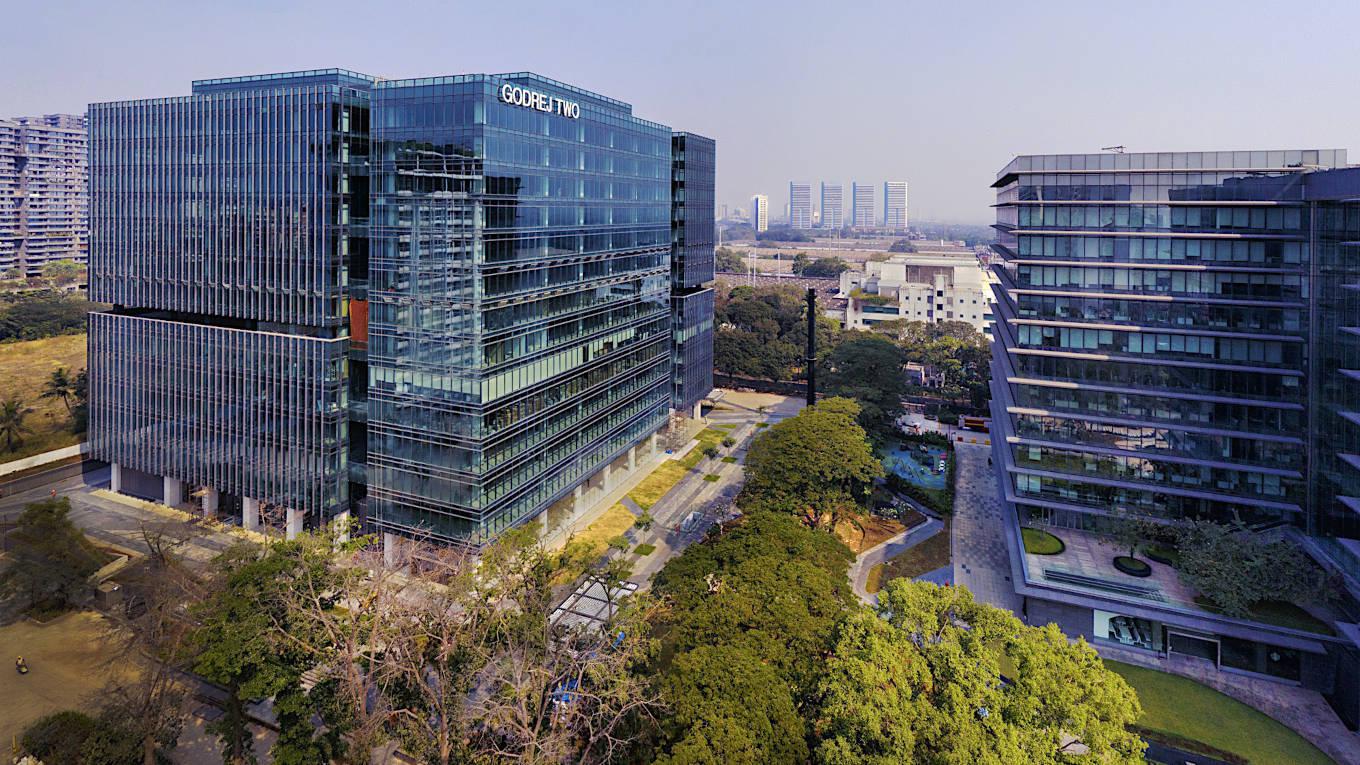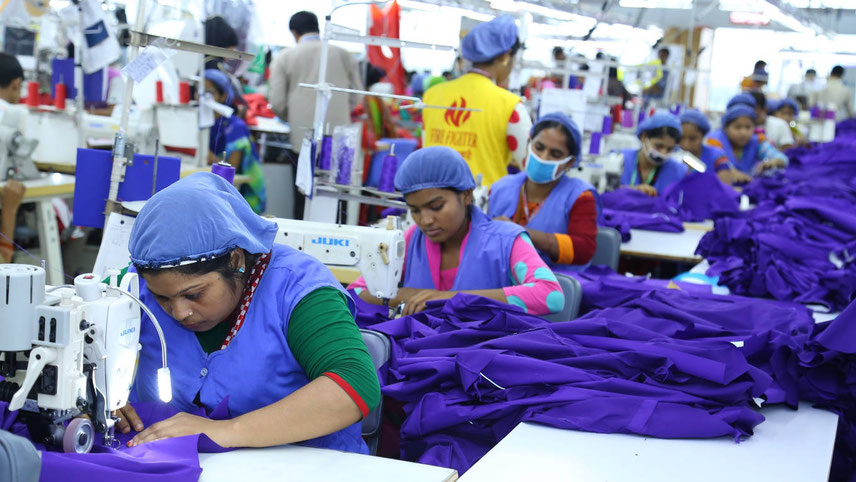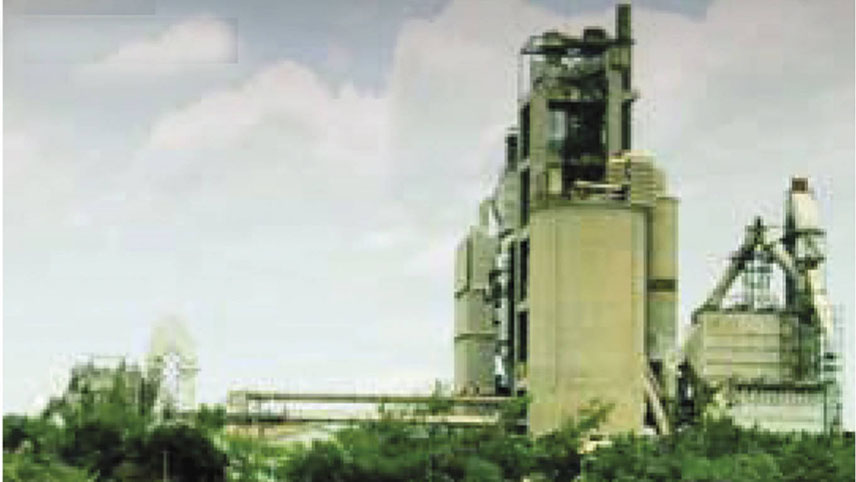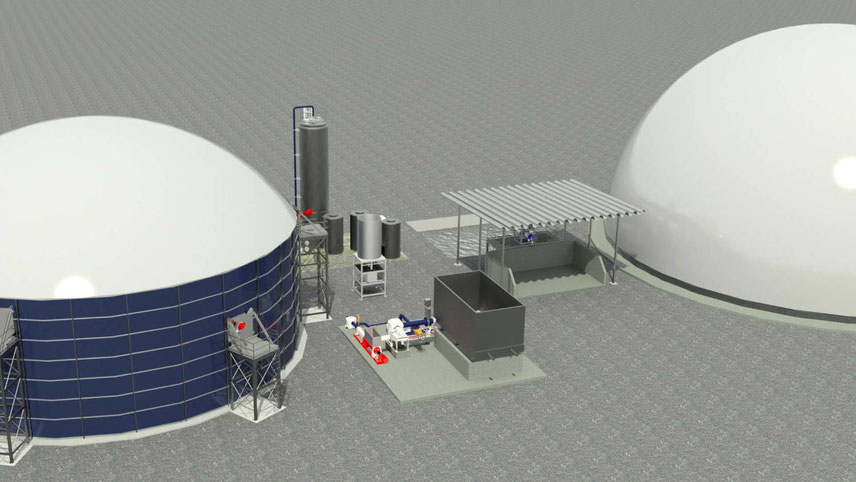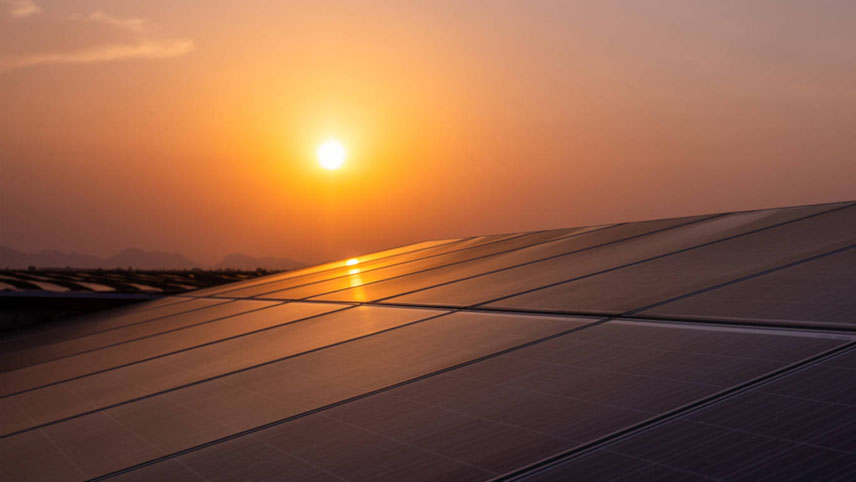-

Sustainability is at the core of Puravankara’s ethos
At Mahindra Lifespace, all its developments, residential and industrial, have been certified ‘green’ since 2014. The company’s approach to development stems from its understanding that urban development need not be uncoupled from resource conservation. Today, its portfolio is 100 per cent environment friendly and the focus is on continually exploring ways to ensure that its developments are good for user/occupant wellbeing, as well as beneficial to natural, urban and suburban environments. Thrust has been on net-zero energy buildings that consume no more energy than they can self-generate via renewable energy sources (onsite or offsite procurement).
From a consumer perspective, while there is rising awareness of the need and benefits of green buildings, Purushottam believes that there is still some way to go. The fact is that benefits that accrue from green buildings – both tangible and intangible – span the entire lifecycle of such developments, and can include significant savings in operations and maintenance costs, and utility expenses.
“The Godrej Group has always been at the forefront of sustainability in India. Delivering environmental sustainability, a positive social impact, and good governance are a part of our values at Godrej. We believe that this does not contradict business viability, rather sustains and enhances it in the longer term. At Godrej Properties, our 6P framework (people, process, product, partnerships, profit and planet) of looking at sustainability from a lifecycle perspective has helped us bring this focus to the real estate sector which is amongst the most intensive in energy and resource consumption. To this effect we have undertaken goals to become water positive, carbon neutral and minimise our waste to landfill across our value chain. As early adopters of setting up ESG standards in the real estate sector, we are proud to shoulder the collective responsibility to arrest and reverse the impact of climate change and sustain our future for joyful living,” avers Anubhav Gupta, Chief CSR and Sustainability Officer, Godrej Properties.
Focusing on ESG targets
With concerted efforts in place, Godrej Properties is today a water positive and carbon neutral company (across Scope 1 and 2 GHG emissions). The company is working hard to minimise its waste to landfill footprint proactively across its operations. The developer is ranked first among listed global residential developers as a sector leader for a second consecutive year this year in the recently released Global Real Estate Sustainability Benchmark (GRESB) ratings.
The company was also recognised with a perfect score of 100 for public disclosure ranking of A this year. All its buildings are mandated to be a minimum of IGBC Silver rated. More than 90 per cent of its development portfolio across India is green (very early unrated projects are being evaluated for green retrofits) with 8 Gold and 6 Platinum rated projects already delivered. Its ESG goals focus on including emissions reduction, water, waste, diversity, human rights, health and safety etc. to translate to meaningful industry wide impact. CRISIL has recognised Godrej Properties with the highest ESG score in the real estate sector across India.
“Real estate developers must recognise their environmental responsibilities and integrate Environmental, Social, and Corporate Governance (ESG) into their core business. Given the accelerating rate of global warming, it is more important than ever for the sector to implement solutions that allow efficient use of resources. We anticipate that in the future, consumers and brands will collaborate and achieve sustainability goals by making a conscious effort. At Tata Realty, we are conscious of our impact on the environment, and sustainability is the heart of our business. We lead the country to be the greenest developer as all our commercial and residential buildings, even those falling under the low price bracket, are certified green. We ensure that sustainability is at the core of all our projects and it is addressed throughout their lifecycle, which implies that we implement waste management practices at every stage,” says Harleen Oberoi, Head Project Management, Tata Realty & Infrastructure Ltd.
-

Nahar group: giving impetus on sustainable developments and creating advantages
As a developer, Tata Realty ensures that the waste generated in its projects is minimal and is effectively reduced, reused, or recycled – right from the stage of construction until operations. It uses the debris as a landfill during the construction phase and use Chakra Shield to reduce DG emissions. The company has also incorporated many waste-management elements such as solar panels and heaters, sewage treatment plans, organic waste composters, and rainwater harvesting pits to conserve resources. Apart from this, it organises tree-planting campaigns to reduce dust and noise pollution and make use of herb/vegetable gardens as a means to encourage people to grow their produce.
“As an industry, we need to take the decision today which will have a positive impact on future generations. The government is giving impetus on sustainable developments and creating advantages for sectors who are taking steps towards energy conservation and sustainable developments. For real estate, the government needs to offer specific incentives and concessions like increased FSI, lower property tax along with subsidy on materials that go into the development of green buildings,” states Manju Yagnik, Vice Chairperson, Nahar Group and Senior Vice President NAREDCO Maharashtra.
“At Mindspace Business Parks, we are led by our purpose to ‘build a sustainable ecosystem’, which has motivated us to undertake significant initiatives to create meaningful value for our stakeholders. We ensure each of our properties are designed to be environment focussed through their lifecycle; and each project is planned and developed by integrating elements of a futuristic sustainable building. Our properties have been recognised with LEED and CII-IGBC Gold or Platinum certifications, a testament to our commitment towards environmental standards,” says Vinod Rohira, CEO, Mindspace Business Parks REIT.
“We have also undertaken significant measures and have partnered with global sustainability champions. For instance, we have pledged commitment to the Climate Group’s EV100 initiative, to transform our entire vehicle fleet to electric vehicles by the year 2030. We have also joined the global RE100 initiative from the Climate Group, committing to 100 per cent renewable electricity use by 2050,” adds Rohira.
Bengaluru-based developer Puravankara Ltd has consistently innovating itself across its operations to minimise its carbon footprints. For instance, every project under Puravankara Group is equipped with rainwater harvesting and EV charging points accessible to all residents. The company has also set up highly efficient sewage treatment plants across its projects. All its projects have been infused with vast green spaces that promote organic vegetation. Purva Atmosphere, which is part of its WorldHome Collection, was consciously planned to ensure that 2/3rd of the space was dedicated to lush green areas. It has also set up Miyawaki plantation within the project. The company also introduces vertical gardens on the rooftops for projects where we are unable to use the ground space.
Achieving sustainability goals
“Sustainability is at the core of Puravankara’s ethos. As a sustainability-first company, our primary focus is to reduce the negative effect of our business and enhance the positive impact in the areas that we operate in. Our commitment to decrease our carbon footprint extends to our construction practices. By pioneering precast technology, we have significantly reduced waste generated through our operations, minimised water consumption and lowered carbon emissions. Additionally, we closely work with manufacturers across the globe to include environment-friendly and sustainable materials across our buildings,” avers Ashish R Puravankara, Managing Director, Puravankara Ltd.
“Precast or prefabricated technology is the way forward for sustainable construction. Since the fabrication is done in a manufacturing facility, there is minimal wastage of material, minimal disruptions caused in-and-around the construction site, and lowest risk of site accidents. At Katerra, our proprietary technology ensures 60 per cent less water used in the entire construction process, with steam curing and hot water curing in controlled factory standards. With our existing technology and infrastructure we are poised to lead the market in the most sustainable and successful way,” says Pavan Katte, Senior Director, Katerra India Pvt Ltd.
-

Mahindra Lifespaces: crafting urban communities that will be resilient and inclusive
US-based, technology-enabled offsite construction as also building design solutions entity, Katerra, backed by SoftBank, entered India in 2018 by taking over KEF Infrastructure India’s (a wholly-owned entity of Dubai-based KEF Holdings) offsite manufacturing facility in Krishnagiri, Tamil Nadu. Ever since, the company has emerged as the largest offsite construction company in India with pre-cast concrete and prefabrication capability across three locations in Krishnagiri, Tamil Nadu, Hyderabad, Telangana, and Taloja, Navi Mumbai. Katerra has delivered breakthrough tech-driven construction projects for Indira Canteen in Bengaluru, Infosys, Embassy group, Lulu Mall, Bosch, KMCH Hospitals, GEMS Schools and several others.
“The rapid climate change we see every day makes sustainable construction practices the need of the hour. As an apex industry body (CREDAI), we have been encouraging more and more member developers to adopt green and clean practices across their operations and projects. With more and more millennials and youngsters joining the business and also the customer base who are environment conscious, the demand for green building and societies are also picking up. Additionally, the government’s decision to provide incentives to encourage environmentally responsible development is a great initiative to have minimal impact on the environment,” states Harsh Vardhan Patodia, president, CREDAI National.
“Real estate accounts for 38 per cent of the global emissions. And the impact of climate change requires a lot of adaptation in the built environment. In general, property developers, mainly in the affordable (low and middle income residential space) are open to sustainable solutions only if it saves cost and does not require change to their process. So, only material, labour or time saving methods are adopted. But in the upper income housing, being green is seen as a positive differentiation and these are taken up, as it helps both the top-line and the bottomline. Likewise, the commercial property segment – where the owners have a say in the material and methods and have a good understanding of operating costs – we see off-take of trade-offs of higher capex that lead to energy and maintenance cost savings over the life of the project,” says Meera Siva, Board member, CFA Society India.
No doubt, the domestic real estate sector is gradually stepping up its initiatives towards sustainable construction practices. But still a lot left to be desired. Considering the climate change related aberrations taking place recently, the industry will have to come up with some concerted efforts and put up a clear roadmap to show its commitment to the environment.
